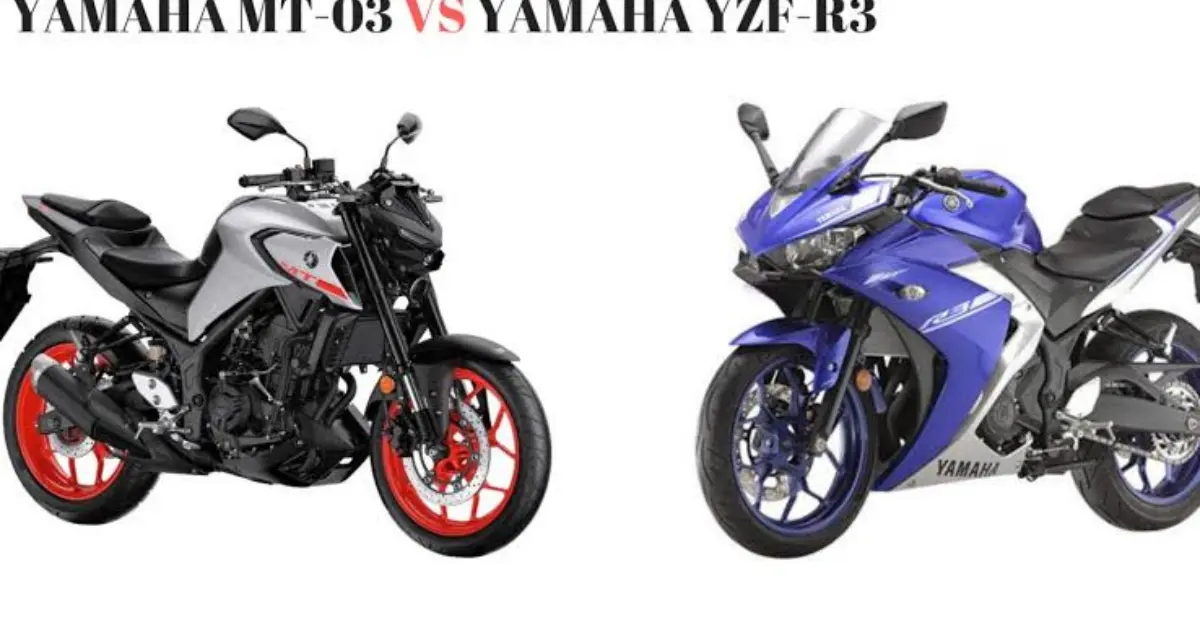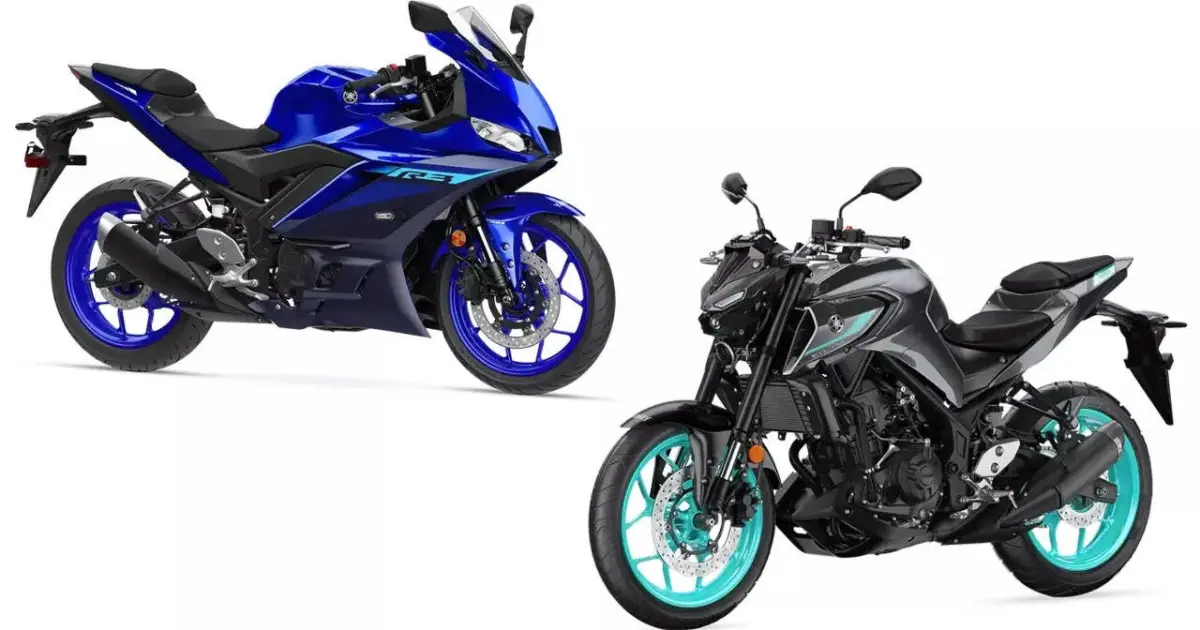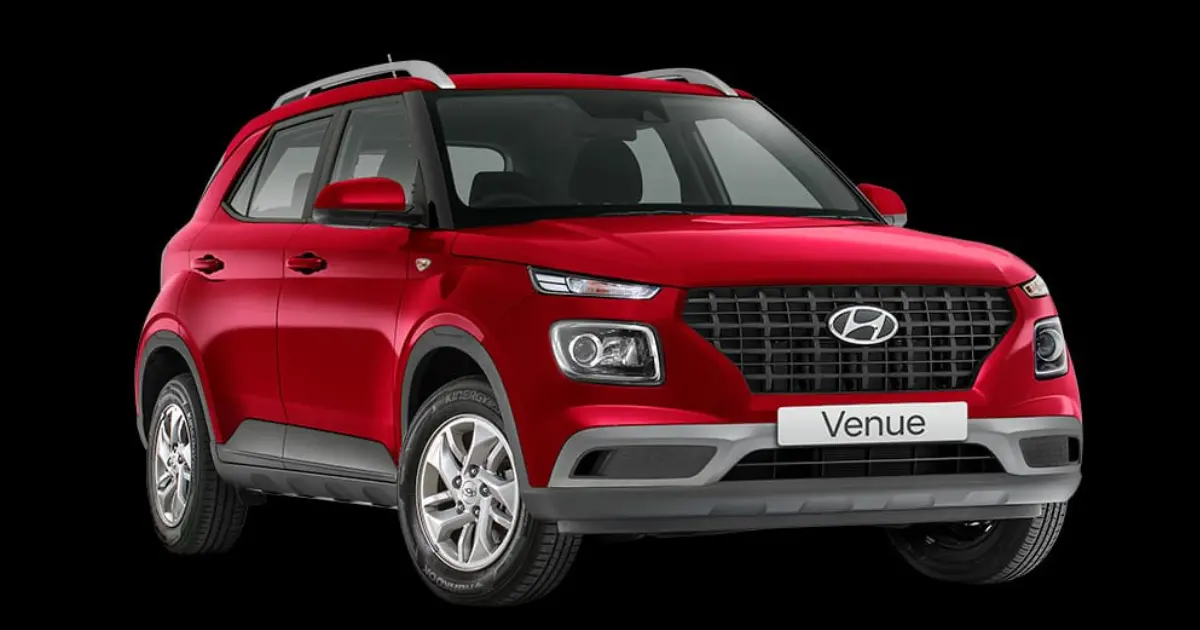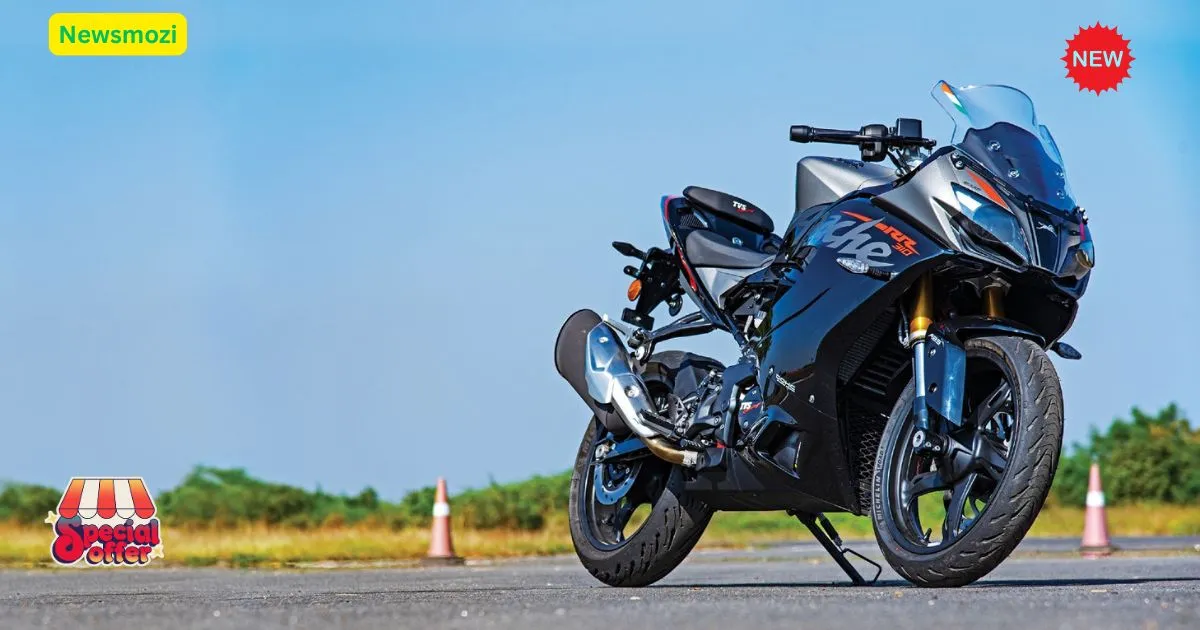Introduction
The motorcycle community has been buzzing with excitement as Yamaha announced a significant price reduction for the Yamaha R3 and MT-03. For years, these bikes were admired for their design, reliability, and sporty character, but pricing kept them slightly out of reach for many enthusiasts. With the latest move, Yamaha is finally making these mid-segment bikes more accessible, particularly in India, while also strengthening its global position. Whether you’re a young rider upgrading from a 150cc or a seasoned motorcyclist seeking a dependable sports machine, this price cut has changed the game. Let’s take a deep dive into the details, global implications, and what it means for prospective buyers.
Yamaha R3: A Quick Recap
The Yamaha R3 is one of the most beloved entry-level supersport bikes globally. Introduced in 2015, it quickly gained popularity in India and abroad for its:
-
321cc parallel-twin engine delivering smooth yet punchy performance.
-
Sporty R-series styling inspired by the R6 and R1.
-
Comfortable riding position for both city rides and long-distance touring.
Previously priced higher, the R3 was considered a niche choice. With the new price reduction, Yamaha aims to bring it back into mainstream consideration for riders who want a balance of performance and practicality.
Yamaha MT-03: Naked Rival for Urban Riders
The Yamaha MT-03 is the naked sibling of the R3, designed for riders who prefer streetfighter appeal. It retains the same 321cc twin-cylinder engine, but offers:
-
An upright riding stance for urban comfort.
-
Aggressive design language in line with Yamaha’s MT family.
-
Lighter feel and maneuverability for city use.
The MT-03’s reduced price strengthens its appeal for young riders who want an edgy yet versatile machine without breaking the bank.
Yamaha R3 and MT-03 Price Reduction Explained
Key Highlights
-
In India, Yamaha has slashed the prices of both models by approximately ₹20,000–₹25,000.
-
The Yamaha R3 now costs around ₹4.45 lakh (ex-showroom).
-
The Yamaha MT-03 is priced at nearly ₹4.25 lakh (ex-showroom).
-
International markets such as Europe and Asia are also expected to see similar adjustments.
This bold pricing strategy puts Yamaha in a stronger position against rivals like Kawasaki and KTM.

Why Did Yamaha Reduce Prices?
There are several strategic reasons behind Yamaha’s decision:
-
Market competition: With bikes likeA
-
Customer affordability: Rising demand for budget-friendly premium bikes influenced the move.
-
Production efficiency: Better localization of parts and manufacturing cost optimization allowed the price drop.
-
Global market strategy: Yamaha wants to capture a larger share in entry-level sports bikes.
This reduction is a calculated effort to stay ahead in an increasingly aggressive segment.
Market Impact in India
India is one of the largest markets for motorcycles, and Yamaha knows this well. The new Yamaha R3 and MT-03 price reduction is likely to:
-
Boost sales among college students and young professionals.
-
Encourage upgrades from smaller 150–250cc bikes.
-
Increase Yamaha’s share in Tier-2 and Tier-3 cities, where affordability is crucial.
-
Pressure competitors to revisit their pricing.
Global Market Perspective
Yamaha’s price adjustment isn’t just about India—it has global significance.
-
In the US, entry-level sports bikes like the Ninja 400 dominate. A cheaper R3 gives Yamaha a chance to compete better.
-
In Europe, licensing laws favor 300–400cc motorcycles, making this a key battleground.
-
In Asia-Pacific, affordability is the top concern, and Yamaha’s move could significantly boost sales volumes.
This strategy strengthens Yamaha’s global competitiveness while keeping loyal fans satisfied.
Yamaha R3 vs Yamaha MT-03: Detailed Comparison
| Feature | Yamaha R3 (Faired) | Yamaha MT-03 (Naked) |
|---|---|---|
| Engine | 321cc, parallel twin | 321cc, parallel twin |
| Power Output | ~41 HP | ~41 HP |
| Style | Supersport faired design | Naked streetfighter |
| Riding Position | Slightly aggressive | Upright, relaxed |
| Best Use | Touring, highways, track | City, daily commute |
| Price (Revised) | ~₹4.45 lakh | ~₹4.25 lakh |
Both bikes share the same engine, but their personalities differ—making it a choice based on style and riding preference.
Competitor Analysis
The price reduction positions Yamaha strongly against rivals:
-
Kawasaki Ninja 300/400 – Known for reliability but costlier.
-
KTM RC 390 / Duke 390 – Feature-rich but single-cylinder engines.
-
Honda CBR500R – Premium but more expensive in global markets.
Yamaha’s twin-cylinder setup and new pricing create a sweet spot between affordability and performance.
Ownership Costs and Value for Money
For Indian and global riders, affordability doesn’t stop at purchase price. Key considerations include:
-
Insurance premiums – Now slightly lower due to reduced ex-showroom costs.
-
Fuel efficiency – Both bikes deliver 25–30 km/l, ideal for daily commuting.
-
Maintenance – Yamaha’s service costs remain competitive against Kawasaki.
-
Resale value – With more buyers entering the market, resale could improve.
The new pricing enhances long-term value significantly.
After-Sales Service and Maintenance
Yamaha has been strengthening its service network:
-
In India, authorized service centers cover most major cities and towns.
-
Global support remains strong in Europe, Asia, and North America.
-
Spare parts availability has improved, reducing maintenance downtime.
This ensures buyers not only get a good deal upfront but also affordable running costs later.
Rider Community Reactions
Motorcycle forums, YouTube reviews, and biking clubs have shown enthusiasm for the price cut. Riders appreciate:
-
Yamaha finally making the R3 and MT-03 more attainable.
-
Better competition with KTM and Kawasaki.
-
The chance to own a twin-cylinder sports bike without overspending.
The move has already created buzz, and pre-bookings are expected to rise.
FAQs
What is the new price of the Yamaha R3 in India?
The Yamaha R3 now starts at around ₹4.45 lakh (ex-showroom), after a price cut of roughly ₹20,000.
How much does the Yamaha MT-03 cost after the price drop?
The MT-03 is priced at about ₹4.25 lakh (ex-showroom), making it a more affordable option compared to its previous cost.
Why did Yamaha reduce prices for the R3 and MT-03?
The decision was driven by market competition, customer affordability, and production efficiencies. It helps Yamaha stay competitive in the entry-level premium segment.
Which is better: Yamaha R3 or MT-03?
The R3 is better for highway rides and occasional track use, while the MT-03 suits city commuting and casual touring. Both share the same engine but offer different riding experiences.
Will the price cut affect the global market?
Yes, Yamaha is expected to adjust pricing in global markets like Europe and Asia-Pacific, though exact figures will differ by region.
Are there any specification changes after the price reduction?
No, both bikes retain the same specifications, including the 321cc twin-cylinder engine. Only the pricing has been revised.
Is the Yamaha R3 better than the KTM RC 390 after the price cut?
While the KTM RC 390 offers more features, the Yamaha R3 has the advantage of a smoother twin-cylinder engine and better long-term reliability.
Can we expect further price reductions?
At present, no further reductions are confirmed. However, market trends and competition may influence Yamaha’s future pricing strategies.
Conclusion
The Yamaha R3 MT 03 price reduction is more than just a financial adjustment—it’s a bold strategy to capture a larger audience in the entry-level premium motorcycle market. By lowering prices while maintaining specifications, Yamaha has struck the perfect balance between performance and affordability.
For Indian riders, the reduced price makes twin-cylinder bikes more accessible, while global enthusiasts benefit from better value in comparison to competitors. This move not only boosts sales potential but also strengthens Yamaha’s image as a rider-focused brand.













